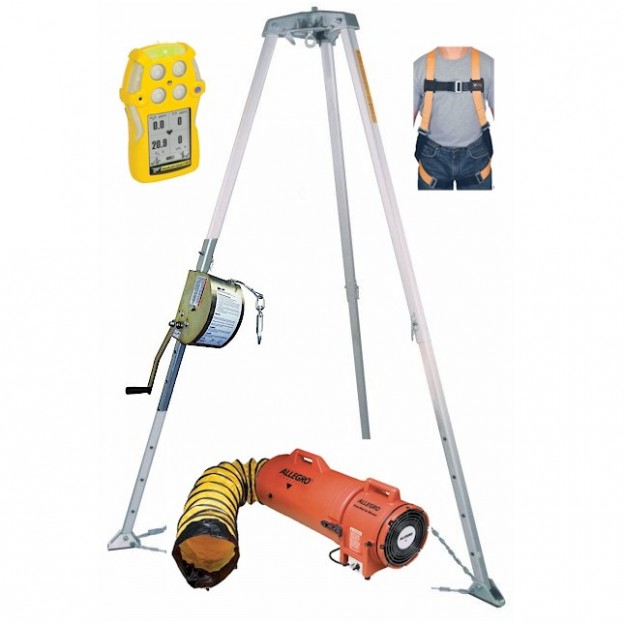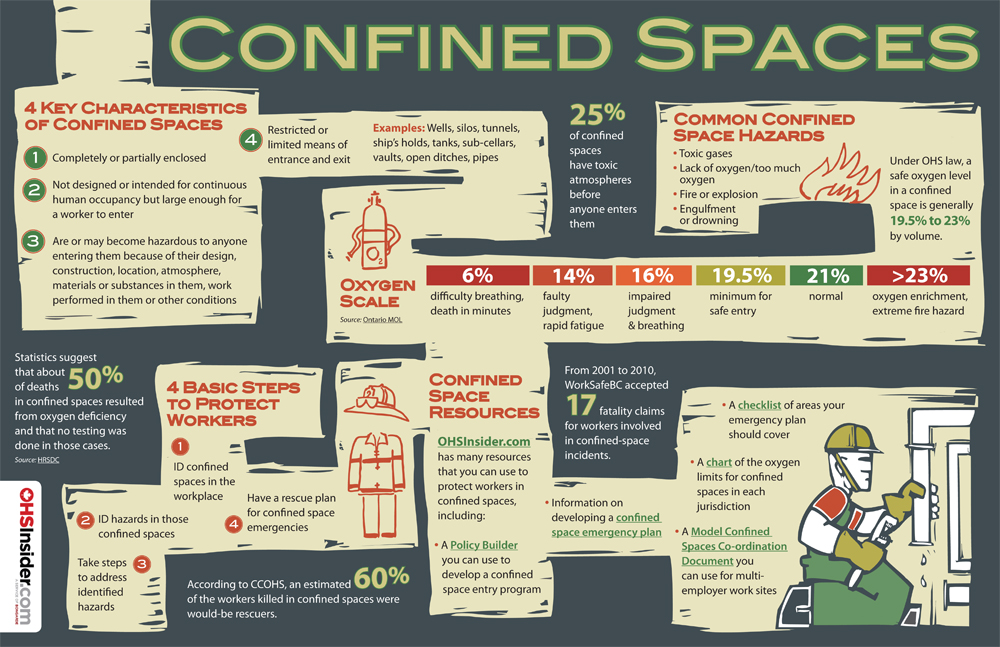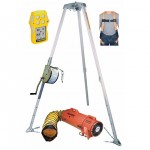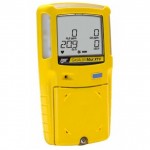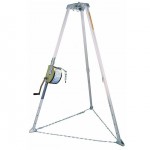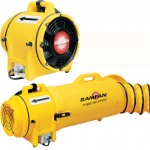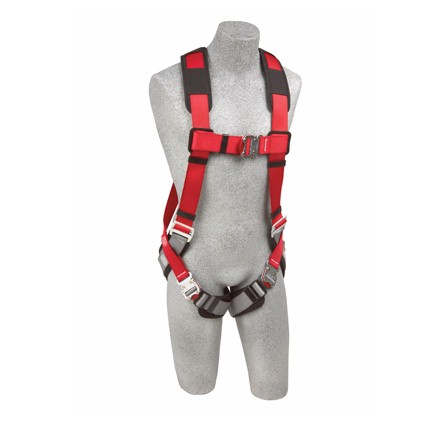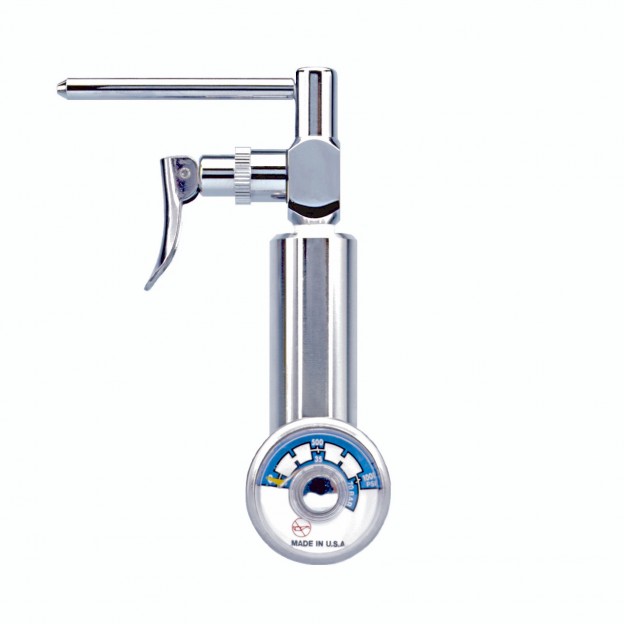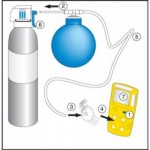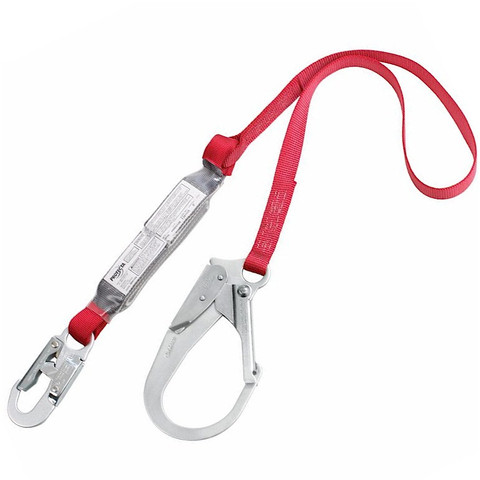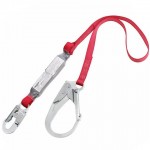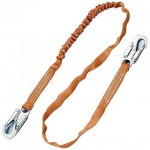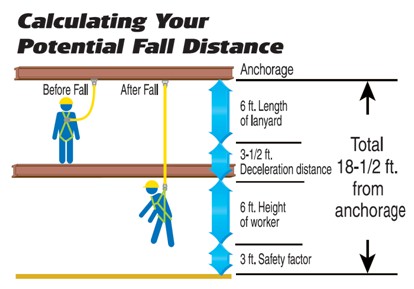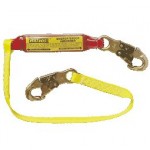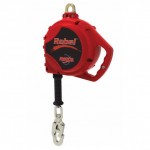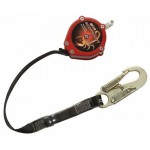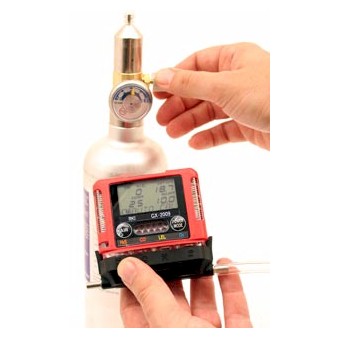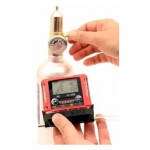A growing number of contractors are expanding into jobs with unfamiliar safety risks. Confined space entry is one such example. With some basic understanding of the hazards faced and ways to address them, unnecessary confined space safety risks can be avoided.
Confined Space Safety Risks
The following infographic illustrates confined space safety risks:
Some of the obvious risks include toxic gases, engulfment, oxygen deficiency, explosion, and fire.
The less obvious risks, but just as dangerous, include a lack of familiarity with (1) the OSHA requirements, and (2) the required safety equipment.
Confined Space Safety OSHA Requirements
Below are some excellent resources that summarize the OSHA confined space requirements:
- Major Safety’s OSHA Confined Space Standard Summary
- OSHA Fact Sheet – Atmospheric Testing of Confined Spaces
- NIOSH Confined Space Safety Guide
- Sample Confined Space Entry Permits
It is important to grasp the number of people required for one to safely enter a confined space. OSHA calls for an entrant, an attendant and a supervisor. Each has their own separate responsibilities (not all enter the space).
It is important to understand the actions required before a confined space can be entered. For example, it is necessary to test the space (before and during entry), fill out the permit, set up/provide the rescue equipment, ventilate the space (if necessary), and train all involved.
Confined Space Safety Equipment
No amount of understanding of the OSHA requirements will do any good without the necessary confined space safety equipment.
The required items will usually include at least the following items:
- Gas Monitor – used for atmospheric testing.
- Blower and Duct – used for ventilation of confined space.
- Tripod Rescue System – used for safely rescuing a worker (and lowering in some cases).
- Fall Protection Harness – used in tandem with rescue tripod.
Those involved in confined space entry must be trained in the use of this equipment by a competent person. The instruction manuals must be read and understood.
Much of this equipment can be purchased in a single kit – as in the first picture above.
There are simply too many resources available to remain in the dark about the risks associated with confined space entry. Reading this article is a great start, but don’t stop there. Take advantage of all the info provided.
All the pics are linked to products at Major Safety. There you can get additional info, purchase, or contact us with more questions. We are happy to help.
by Corby Amos

